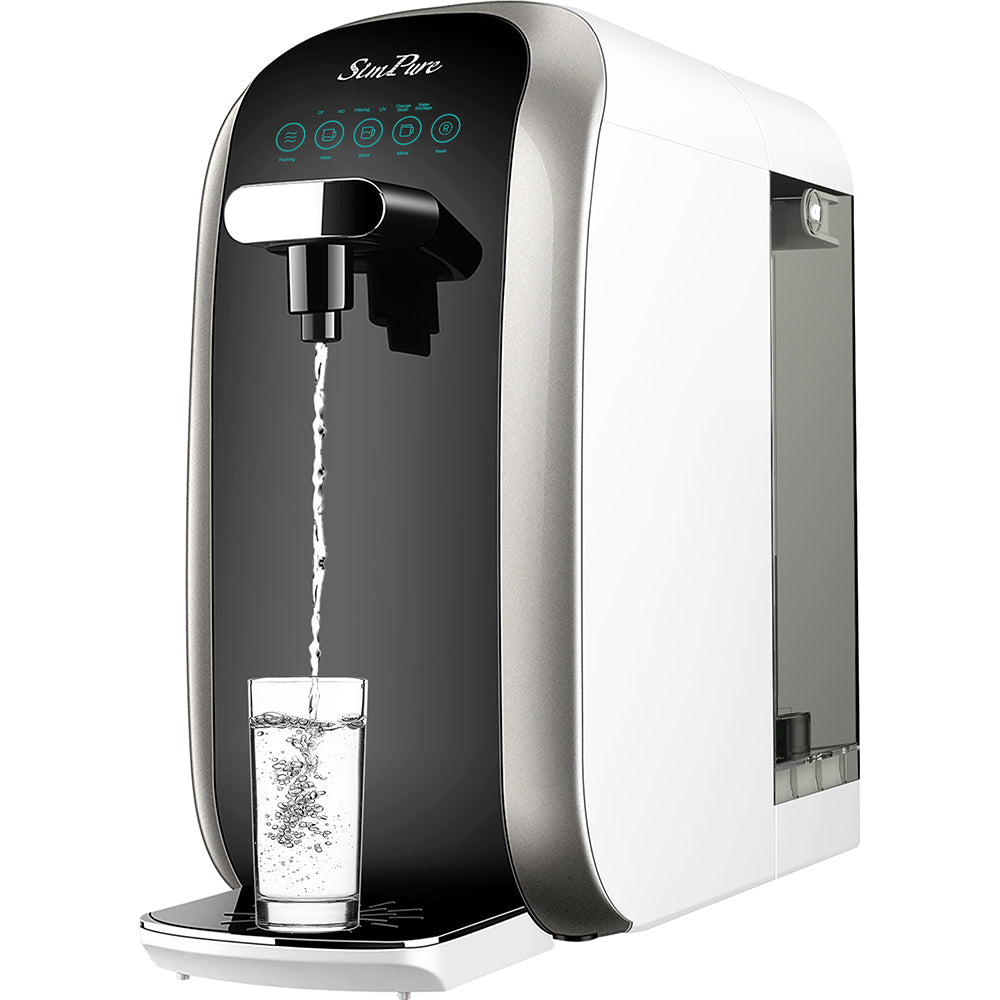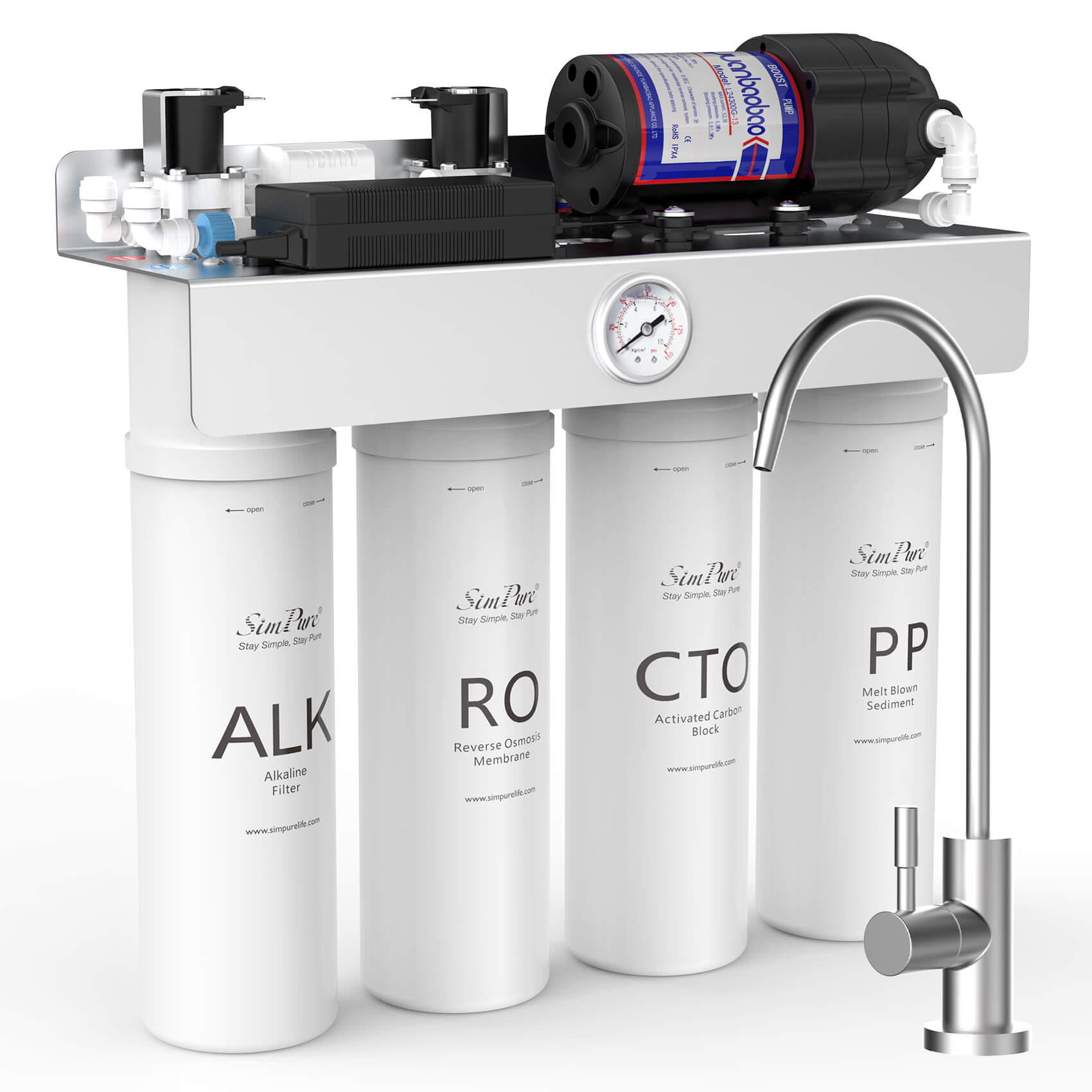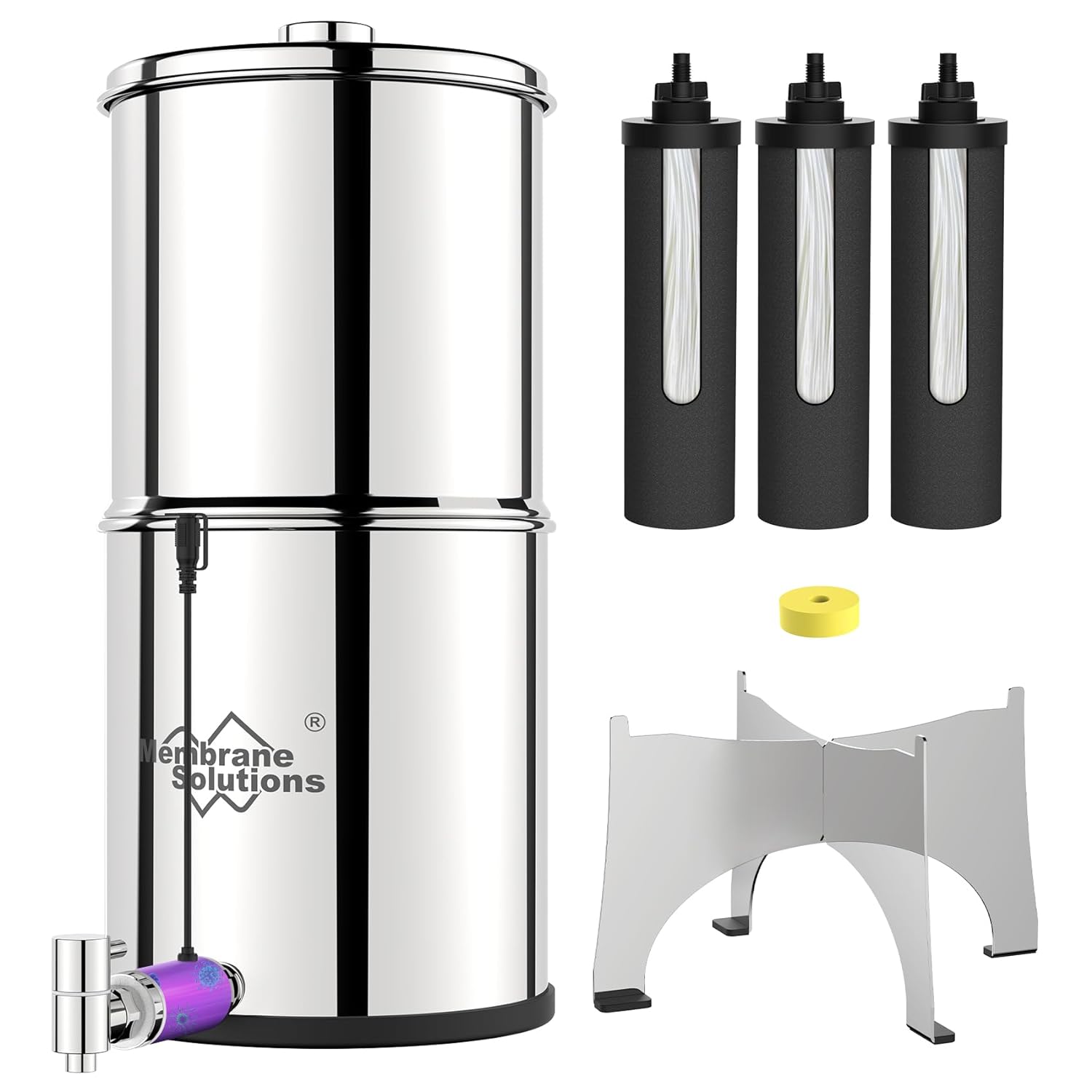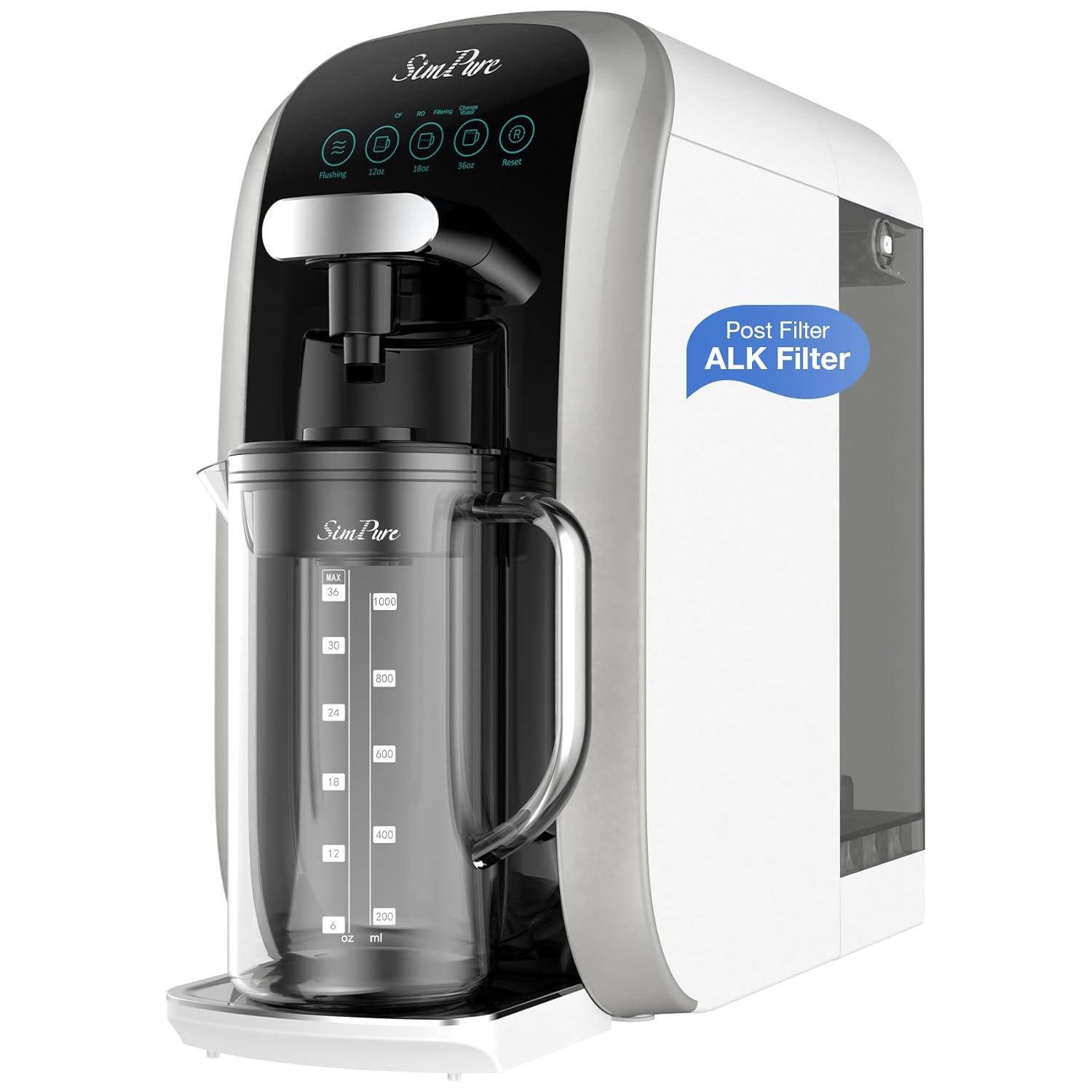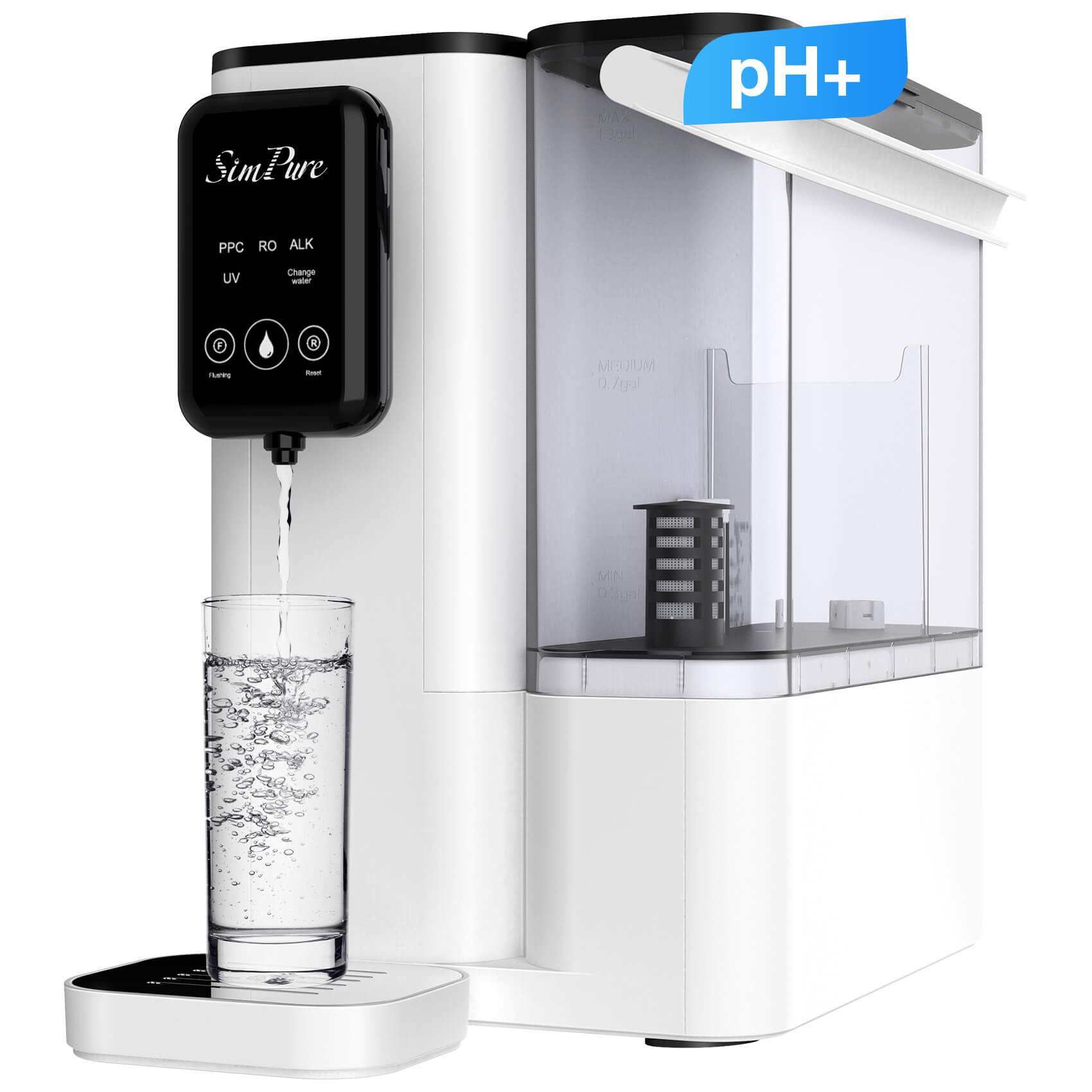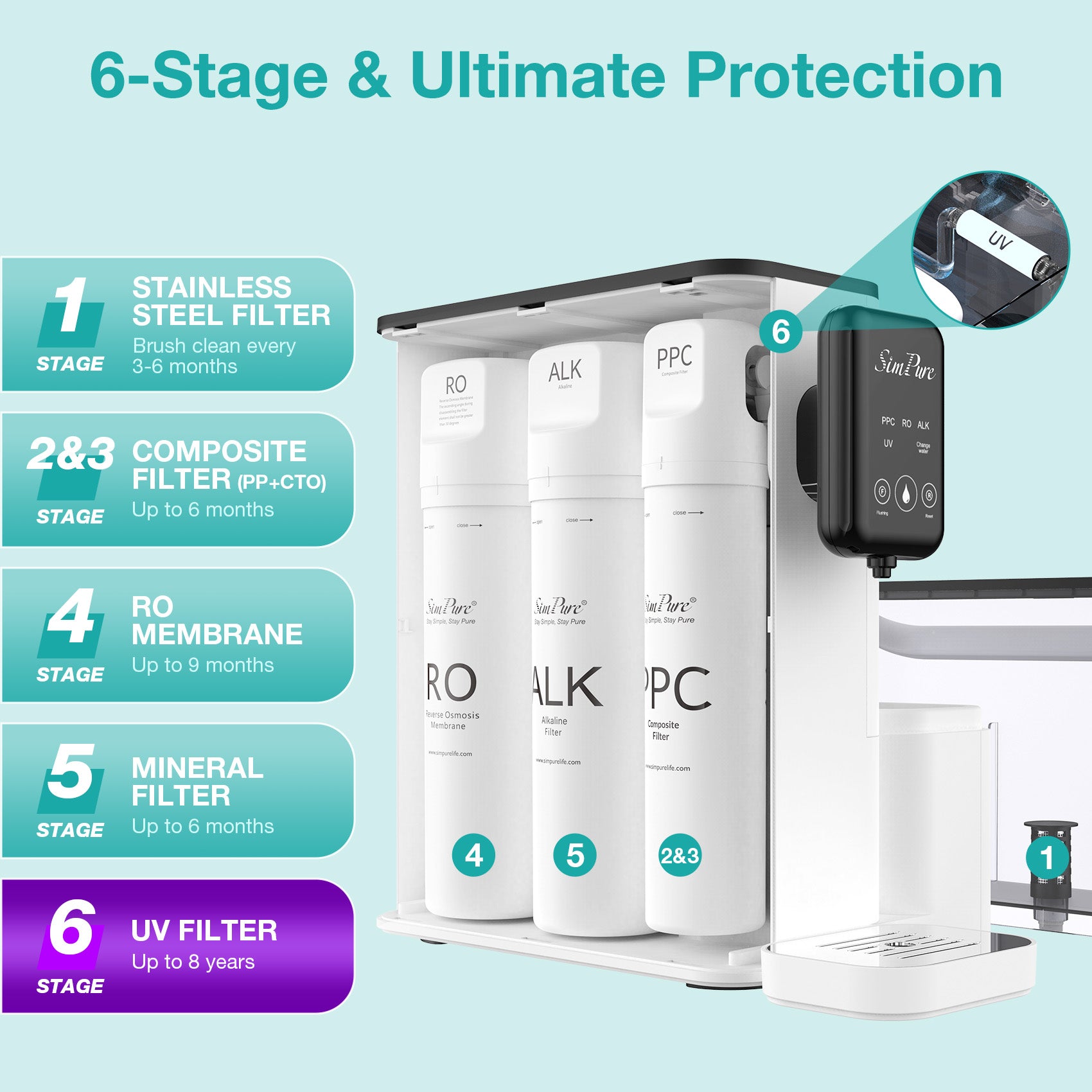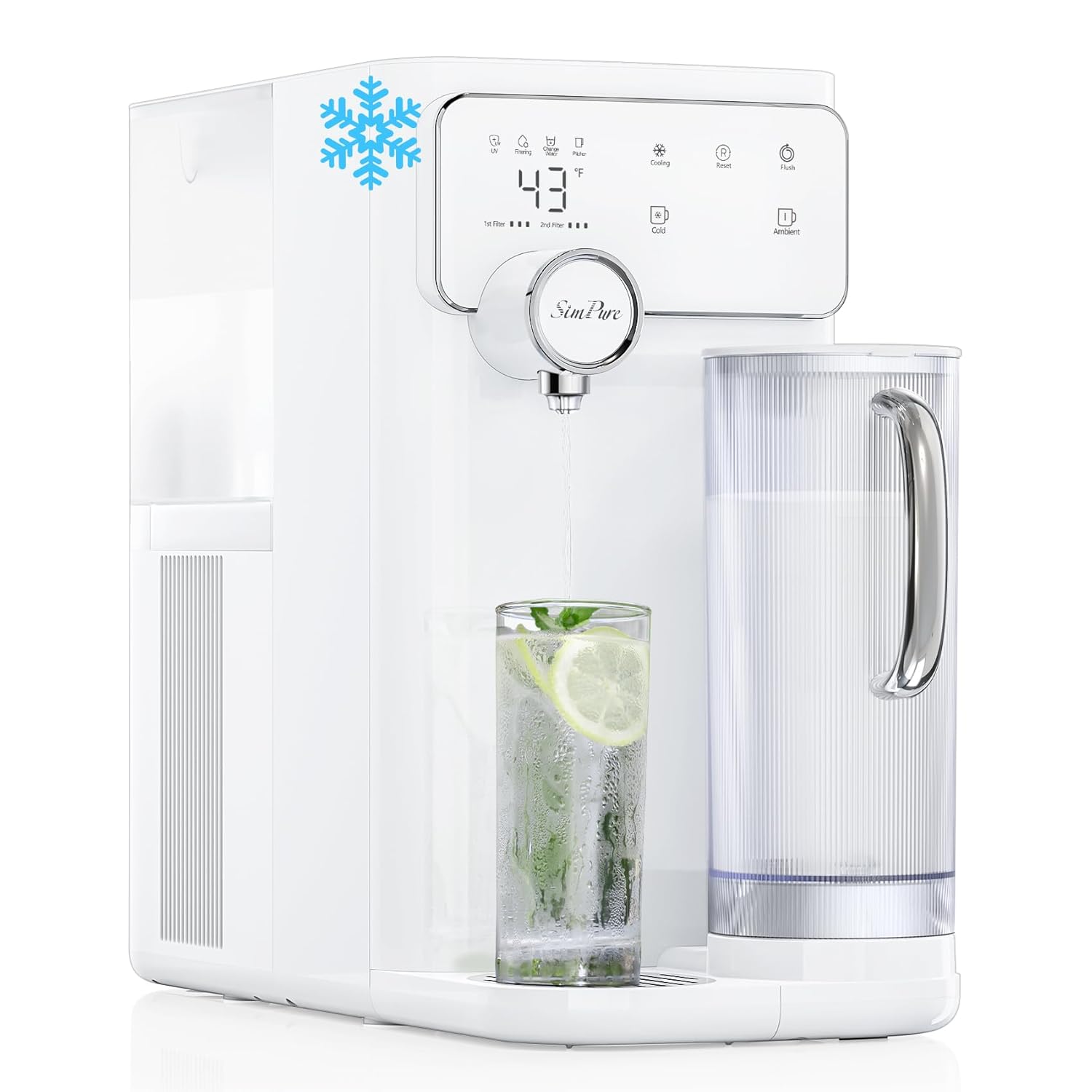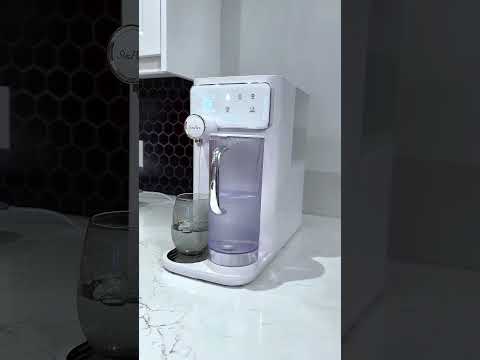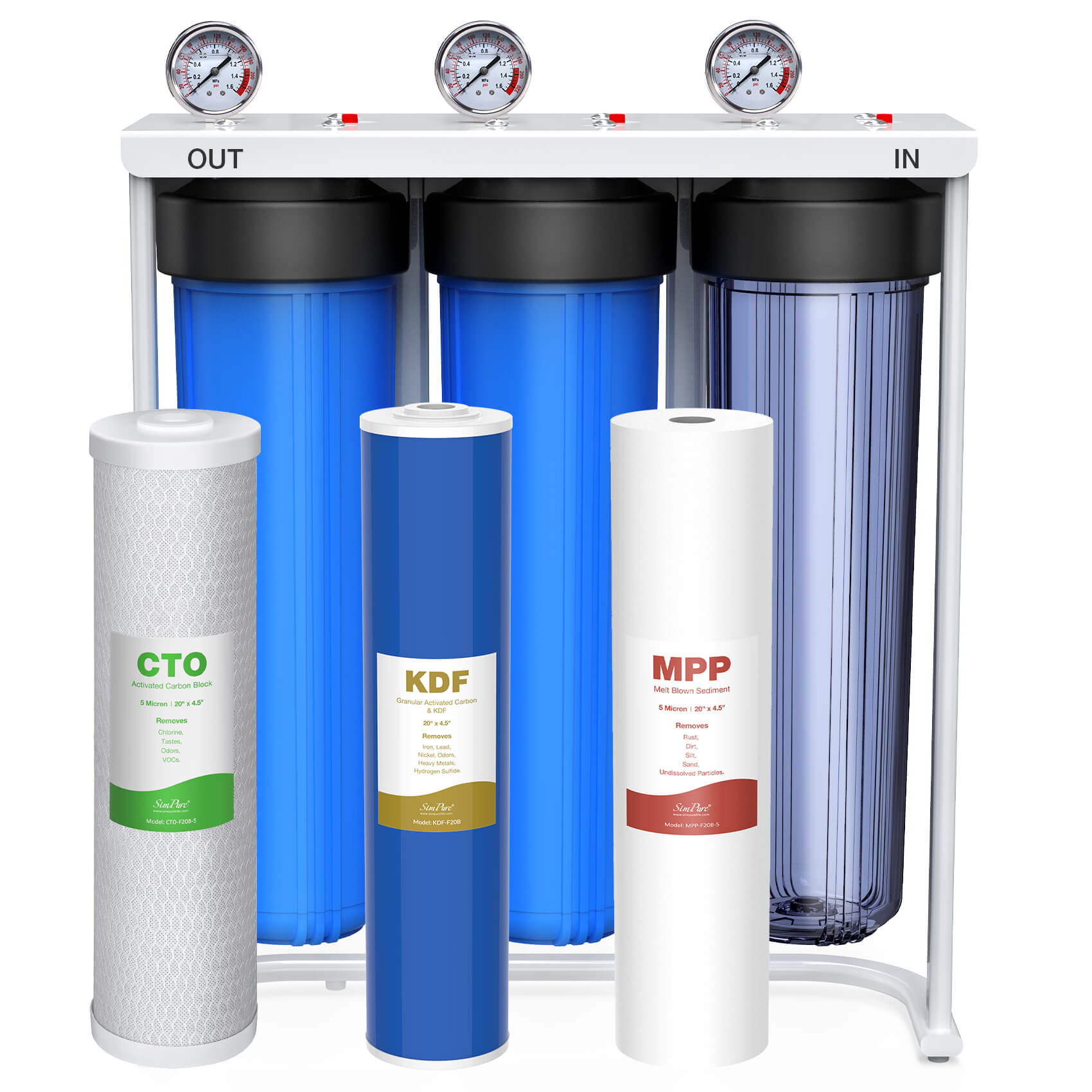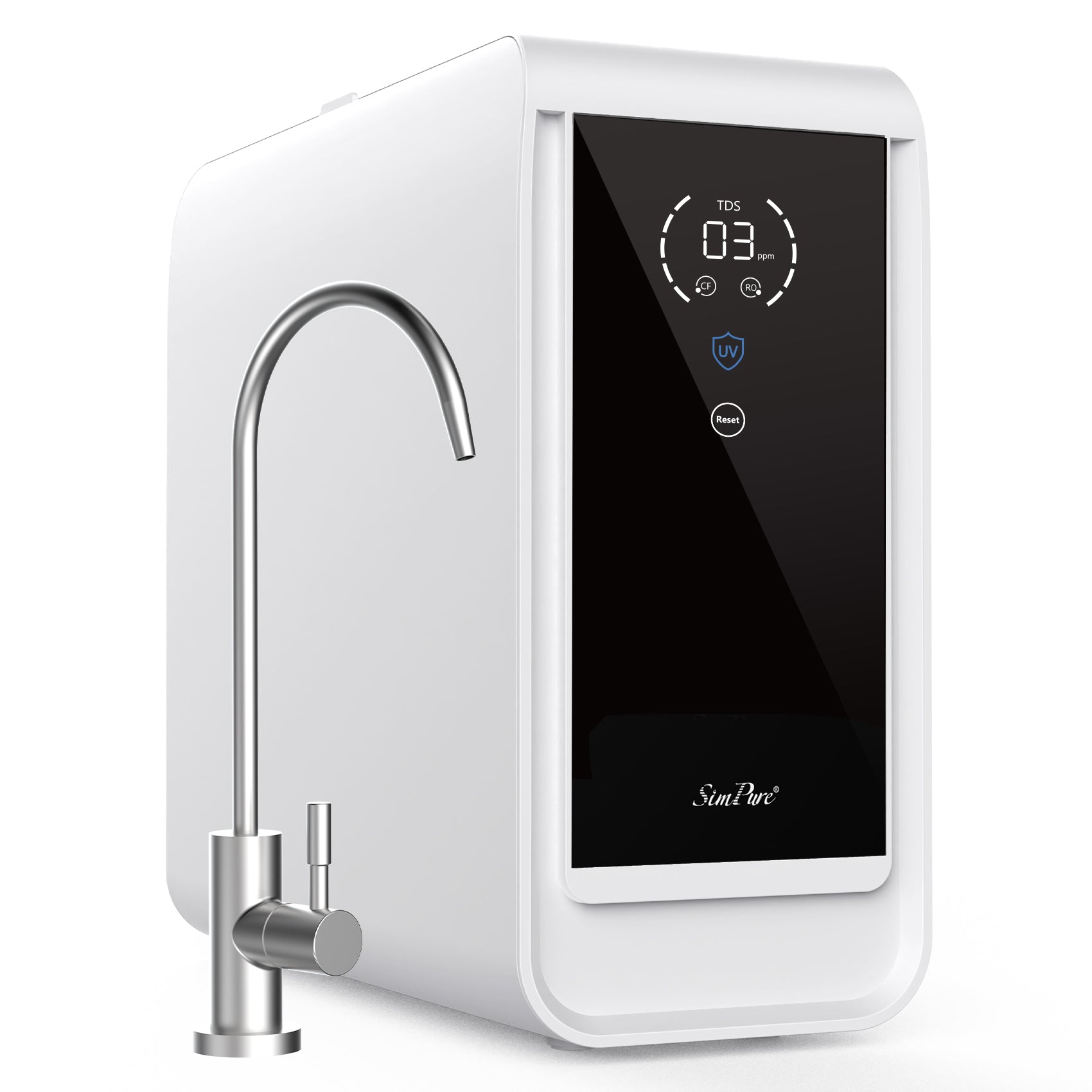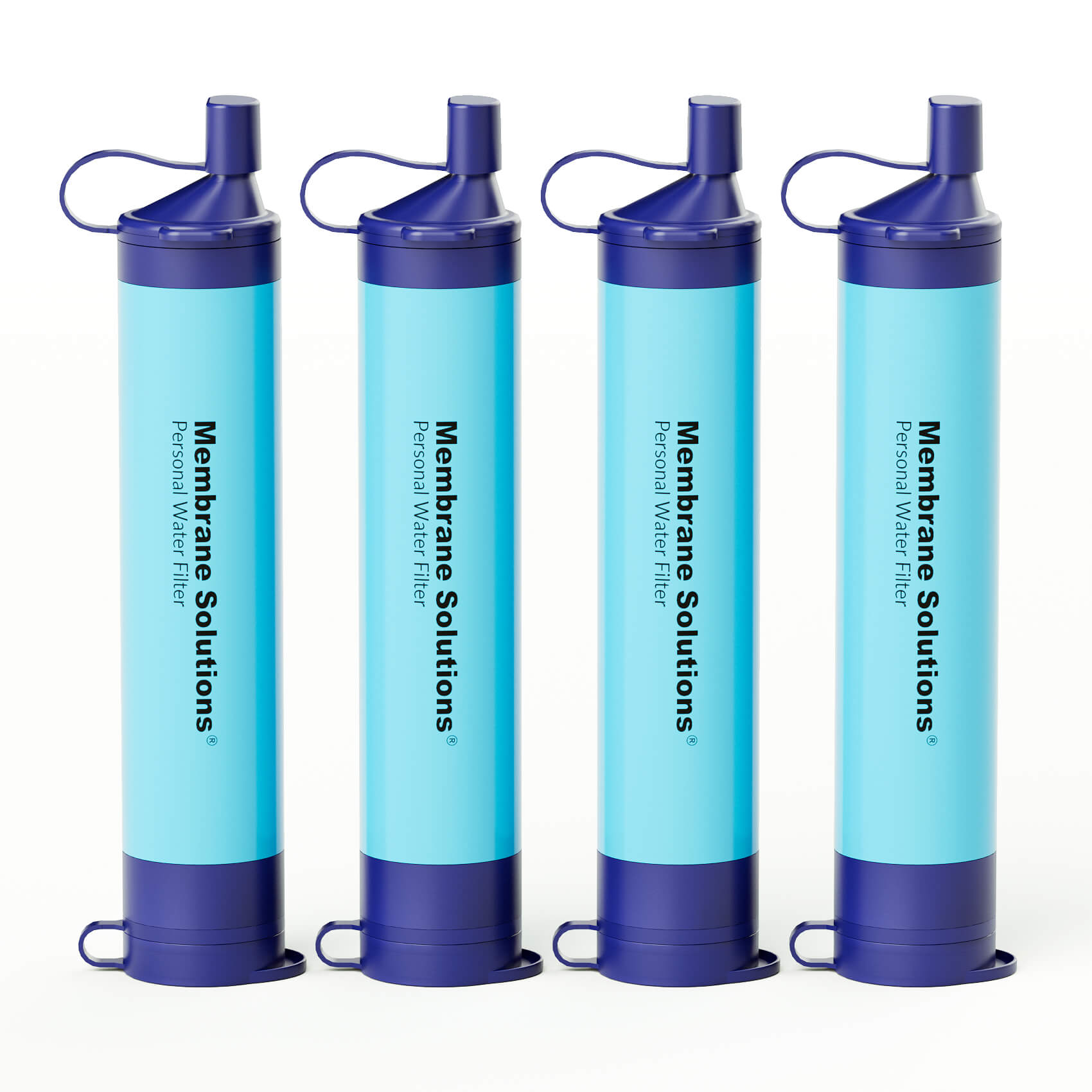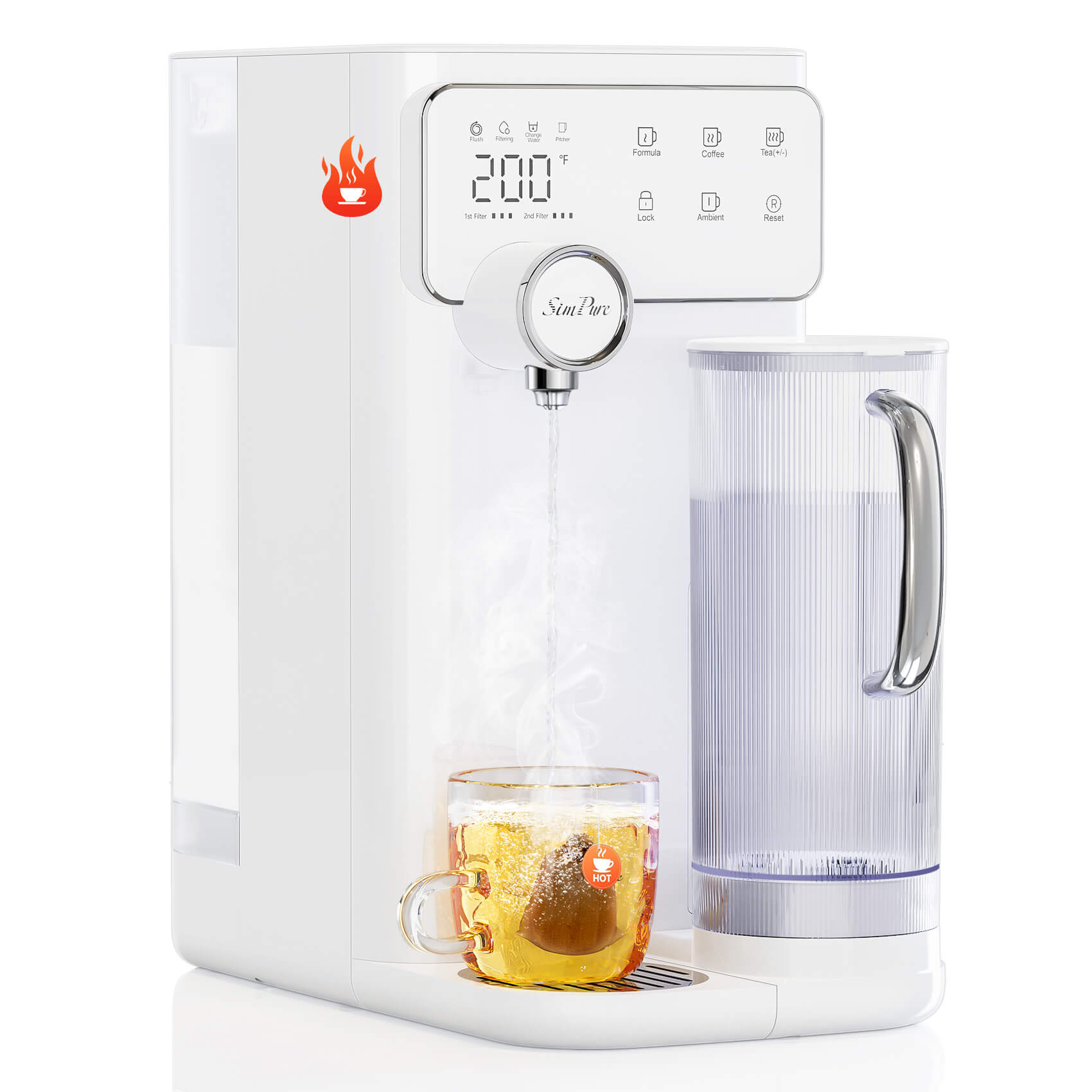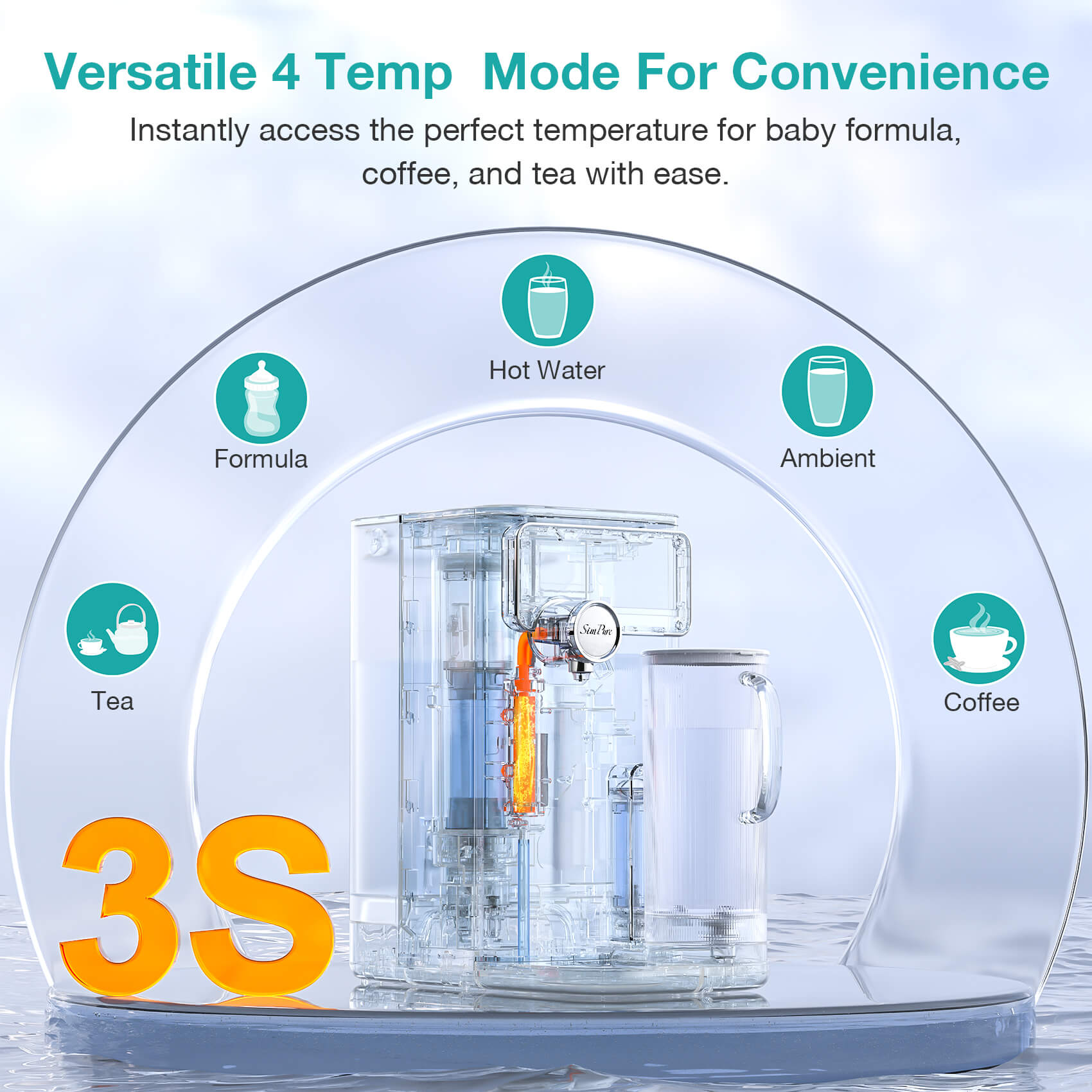Reverse osmosis systems have gained significant popularity for their ability to provide clean, purified water. By removing contaminants such as heavy metals, bacteria, viruses, and dissolved solids, these systems ensure water quality that meets high standards for both residential and industrial use. However, one common concern associated with reverse osmosis systems is their water efficiency—or rather, the perception that they "waste" water, like do reverse osmosis systems waste a lot of water? In this article, we will examine this claim, explore how reverse osmosis systems work, and evaluate whether they truly waste water or if this issue is being misunderstood.
Understanding How Reverse Osmosis Works
To better assess the issue of water waste, it is important to first understand the mechanics of reverse osmosis. RO systems operate by forcing water through a semipermeable membrane under pressure. This membrane allows only water molecules to pass through while rejecting contaminants such as salts, minerals, and other impurities. The process creates two streams: purified water (also known as permeate) and wastewater (referred to as concentrate or brine).

The wastewater stream carries away the contaminants that were removed from the purified water. This discharge is an integral part of the filtration process because it prevents impurities from accumulating on the membrane, which could reduce its effectiveness or damage it over time.
Is Reverse Osmosis Wasteful?
The perception that reverse osmosis systems waste water stems from the fact that a portion of the input water is discharged as wastewater rather than being converted into purified water. Depending on the system's efficiency, the ratio of purified water to wastewater can vary. Traditional RO systems may produce one gallon of purified water while discharging three to four gallons of wastewater. This 1:4 or 1:3 ratio has led some to criticize reverse osmosis as being inefficient.
However, it is important to contextualize this "wastewater." The concentrate stream is not purely waste—it contains the contaminants removed during filtration and serves a necessary function in maintaining the system's performance. Additionally, advances in RO technology have significantly improved efficiency in recent years. Modern systems can achieve much lower wastewater ratios, with some high-efficiency models producing one gallon of purified water for every one or two gallons of wastewater (1:1 or 1:2 ratios).
So, reverse osmosis isn't truly wasteful.
The water that is “waste” is actually full of impurities like bacteria, chemicals, and heavy metals. It’s water you wouldn’t want to drink anyway. And you can reuse it! Many people collect this water to mop floors, water plants, or clean bathrooms. So instead of wasting water, RO systems are just removing the bad stuff to give you clean, safe drinking water. Think of it like straining soup — you throw away the bits you don’t want. That’s what RO does, just with water.
Factors Influencing Water Waste
Several factors influence the amount of wastewater produced by a reverse osmosis system:
1. Water Pressure: Insufficient water pressure can hinder the system's efficiency, resulting in higher wastewater output. Most RO systems require a minimum pressure of 40-60 psi to function optimally. Installing a booster pump can help improve efficiency in areas with low water pressure.
2. Water Quality: The level of contaminants in the source water affects how much water is rejected as wastewater. Highly contaminated water requires more effort to purify, leading to greater wastewater production.
3. System Design: The design and quality of the RO system itself play a crucial role in determining its efficiency. High-efficiency models with advanced membranes and components are designed to minimize wastewater while maintaining effective filtration.
4. Maintenance: Proper maintenance, including regular replacement of filters and membranes, ensures that the system operates at peak efficiency. Neglecting maintenance can lead to clogged or degraded membranes, increasing wastewater output.
Mitigating Water Waste
While some degree of wastewater is unavoidable in reverse osmosis systems, there are several strategies to mitigate this issue and make better use of the concentrate stream:
1. Reuse Wastewater
In many cases, the wastewater from an RO system can be repurposed for non-potable applications such as irrigation, cleaning, or flushing toilets. This approach minimizes waste and makes efficient use of available resources.
2. Upgrade to High-Efficiency Systems
Investing in a modern, high-efficiency RO system can significantly reduce wastewater production compared to older models.
Bonus: SimPure Y7T-BW-A Countertop RO System – Efficient, Portable, and Remineralizing
SimPure Y7T-BW-A Countertop Reverse Osmosis System is a top-tier choice for anyone seeking high water efficiency and clean, mineral-rich hydration. With a 4:1 pure-to-drain ratio, this advanced unit offers superior water-saving performance. It features zero installation, a portable glass water pitcher, and 5-stage alkaline remineralization to restore essential minerals like calcium and magnesium for better taste and health benefits. Ideal for homes and offices, this countertop RO system model not only reduces water waste but also ensures every drop of water is pure, fresh, and balanced. It’s an excellent upgrade for sustainable and healthy living. For more RO systems models, visit SimPure RO systems collection.

3. Optimize System Settings
Adjusting system settings, such as flow restrictors or pressure levels, can improve waste-to-purified-water ratios.
4. Pre-Filtration
Installing pre-filters to remove larger particles and contaminants before water enters the RO system can reduce strain on the membrane and decrease wastewater output.
5. Consider Alternative Technologies
For some applications, alternative water filtration technologies—such as ultrafiltration or activated carbon filters—may be more appropriate and produce less wastewater.
When evaluating whether reverse osmosis systems waste water, it is essential to consider the broader context of water quality and conservation. While it is true that RO systems discharge a portion of input water as wastewater, they also provide a reliable solution for addressing critical water quality issues. In areas where access to clean drinking water is limited or where tap water contains harmful contaminants, reverse osmosis can be a vital tool for ensuring public health and safety.
Moreover, the environmental impact of RO systems must be weighed against other methods of obtaining clean water. For example, bottled water production typically requires significantly more water and energy than reverse osmosis filtration, while generating plastic waste that contributes to pollution.
Conclusion
Reverse osmosis systems do produce wastewater as part of their filtration process, but labeling this as "waste" oversimplifies the issue. The concentrate stream serves an essential purpose in removing contaminants and maintaining system performance. Advances in technology and proper maintenance have greatly improved the efficiency of modern RO systems, reducing their environmental footprint.
By adopting strategies such as reusing wastewater and investing in high-efficiency models, users can further minimize any perceived waste while enjoying the benefits of clean, purified water. Ultimately, reverse osmosis remains a valuable solution for addressing water quality challenges, and its role should be evaluated within the context of both individual needs and broader environmental considerations.



